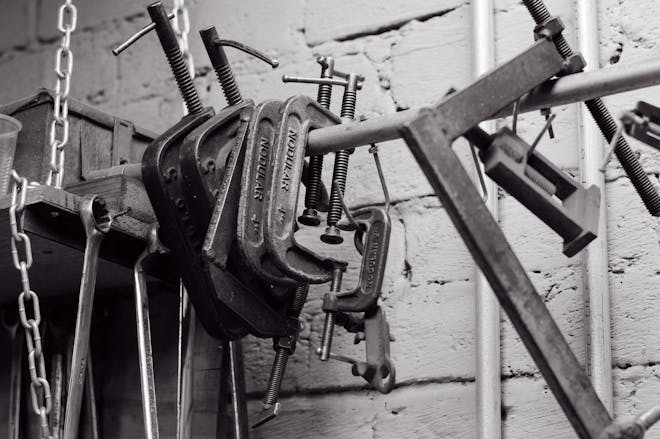Reverse Sear in Cast Iron: The Ultimate Guide for Perfect Steaks
Understanding the reverse sear technique can transform the way you cook steaks, especially when using a cast iron skillet. Often hailed as the best method for achieving a perfectly cooked steak, reverse searing involves slowly roasting the meat before finishing it off with a high-heat sear.
What is Reverse Sear?
The reverse sear is a cooking method that starts with slowly heating the steak to a few degrees below your desired level of doneness and then searing it quickly over high heat. This method yields a steak with an evenly cooked interior and a beautifully caramelized crust.
The Benefits of Reverse Searing in Cast Iron
Utilizing a cast iron skillet for the reverse sear process comes with several benefits:
- Even Heat Distribution: Cast iron skillets provide consistent heat across the entire surface, which is ideal for searing steaks evenly.
- Heat Retention: Cast iron holds heat exceptionally well, ensuring that your steak sears quickly and effectively.
- Flavor Enhancement: The seasoned surface of a cast iron skillet can add depth to the steak’s flavor profile.
Step-By-Step Guide to Reverse Sear in Cast Iron
1. Choosing the Right Steak
The reverse sear is most effective with thicker cuts of steak, usually at least 1.5 inches thick. Ribeye, porterhouse, and New York strip are excellent choices for this method.
2. Preparing Your Steak
Bring your steak to room temperature and season it generously with salt and pepper. You can also add herbs and spices according to your preference.
3. Slow Roasting
Preheat your oven to a low temperature, around 275°F (135°C). Place the steak on a wire rack over a baking sheet and cook it until it reaches about 10-15°F below your target temperature.
4. Searing in Cast Iron
Once the steak is near its desired doneness, heat your cast iron skillet over high heat until it’s smoking hot. Sear the steak for 1-2 minutes on each side to develop a rich, brown crust.
5. Resting Your Steak
After searing, let your steak rest for a few minutes. This allows the juices to redistribute, ensuring a juicy, tender result.
Following these steps, the reverse sear in cast iron will give you steakhouse-quality results in your own kitchen. Remember to use a meat thermometer to monitor the steak’s internal temperature accurately.
Additional Tips for Mastering the Reverse Sear
- Allow the cast iron skillet to preheat properly to ensure a quick and even sear.
- Use a high-smoke-point oil like canola or grapeseed oil for searing.
- Consider finishing the steak with a pat of butter for added richness.
The reverse sear technique may require a bit of patience, but the outcome is well worth the wait. By following this guide, you’ll be able to serve up a steak that’s cooked to perfection with a delectable crust that only a cast iron skillet can provide. So grab your skillet, and let’s get cooking!
